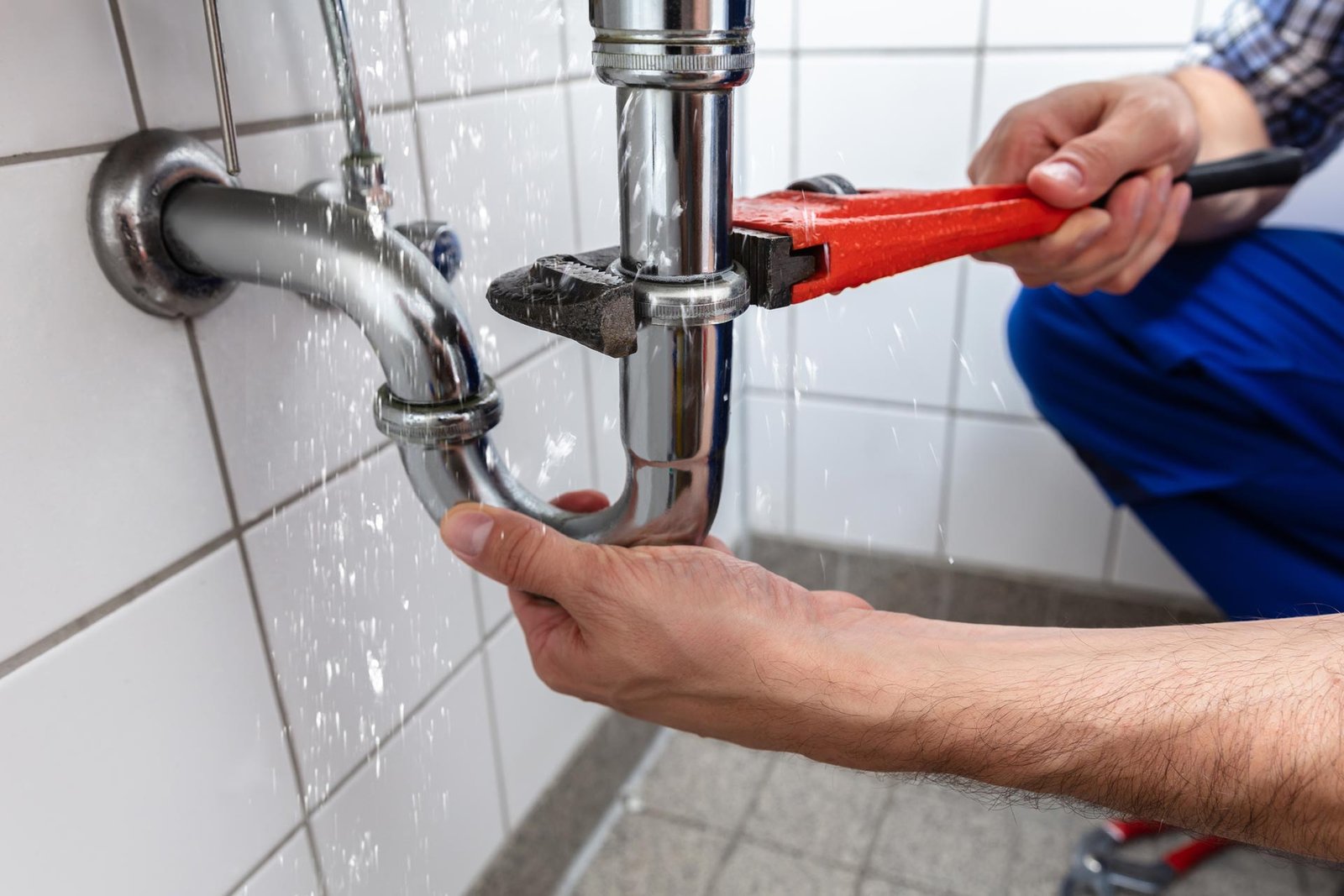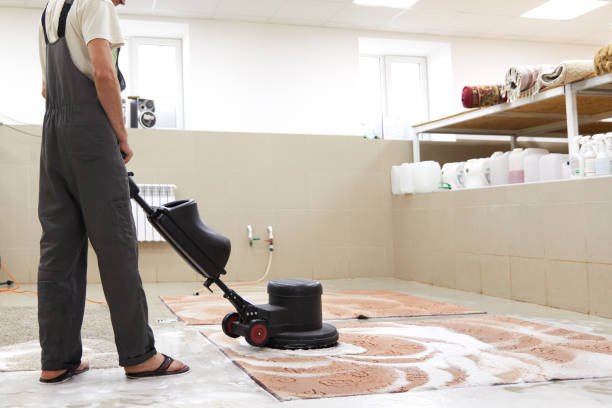Maintenance. Air filter replacement is an important part of your system’s health, but you should also check the ductwork, wiring, and condenser coils. If these areas are dirty or clogged, it could cause your HVAC unit to not function properly. By following these tips, you can extend the life of your HVAC unit.
Air filter replacement
One of the best ways to maintain an HVAC system is to change the air filter regularly. The more you use your HVAC system, the more often you should change the filter. To keep your air filter as clean as possible, vacuum it thoroughly. You should also schedule HVAC maintenance at least twice a year.
In most cases, air filters are screwed into place or housed behind a panel. In these cases, you should note the orientation of your old filter so that you can slide in the new filter in the same manner. Once you’ve done that, you’re ready to replace the air filter.
While many people assume air filters last forever, this is not the case. They will eventually fill with dirt and dust. Fortunately, most filters are easily replaceable. A simple replacement will give you cleaner air and extended system life. There are many different types of filters to choose from, including fiberglass and pleated. Other types of filters are electrostatic filters, which use an electrostatic charge to attract airborne particles.
Checking condenser coils
If you live in a home with an air conditioner, one of the most effective ways to perform HVAC maintenance is by checking the coils on the condenser. In order to clean them, you must first remove any outer casing. Most air conditioners have removable panels to access the coils. Remove these panels and follow the manufacturer’s instructions to remove the coils.
A dirty air filter will cause dirt to collect on the evaporator coils, which will lower the airflow through the system. It is also important to keep the area around the condenser unit free of debris. You can also clean the condenser coils by removing large debris. Make sure to remove grass clippings and other debris from the area.
The condenser coils should be cleaned using a cleaning solution. Make sure to use a nozzle that sprays at a 25 to a 40-degree angle. Be careful while doing this, as the fins are extremely fragile and can be bent easily.
Checking ductwork
Performing HVAC maintenance involves checking ductwork for leaks and other problems. You can find leaks by looking for loose sheet metal connections, gaps in the seams, and torn or bent flexible ductwork. These leaks can waste energy and increase your heating and cooling bills.
Leaks are most common in duct joints, which are subject to heightened pressure and daily strain. This causes the joints to wear more quickly than the rest of the ductwork. You can check these leaks by feeling around the seams and using a grease pencil to locate a leaking duct.
The next step is to seal the ductwork near the HVAC unit and vacuum it. Then, use a duct leak tester to determine how much air is escaping from the ventilation system. If the ducts are sealed, the air will flow more easily and less air will be required to maintain pressure.
Checking to wire
Performing electrical wiring checks is an important part of HVAC maintenance. While it may seem unnecessary, it can help keep your family safe and prevent major problems from happening. In addition, homeowners in Seattle have found that regular checks can catch problems in the earliest stages. It is recommended to run routine checks once a month for older homes and every three to six months for new homes. This preventative maintenance will help you identify any problems before they turn into costly emergencies.
Wiring should be checked periodically as it is susceptible to corrosion. Moreover, it should be checked for scorching or damage that could lead to electrical leaks or fire hazards. HVAC systems also use refrigerant, which runs out with time. If the wiring in the system becomes damaged, this will cause refrigerant to run out even faster. Additionally, a broken thermostat could be another cause of a malfunctioning HVAC system. If this occurs, contact a professional technician to repair it or calibrate it.



